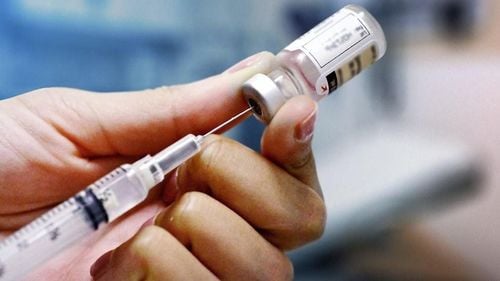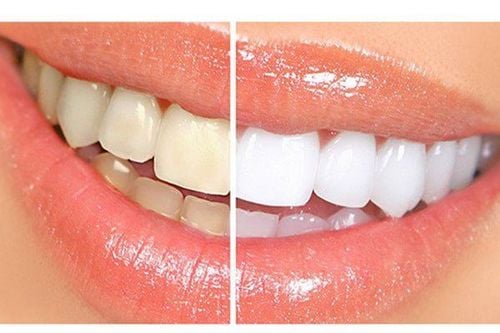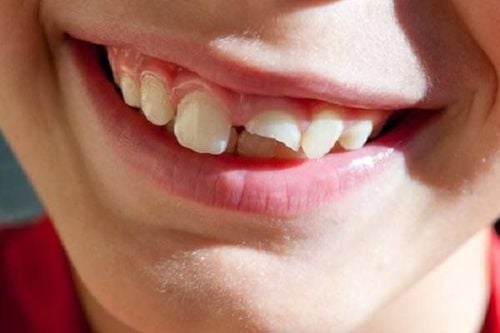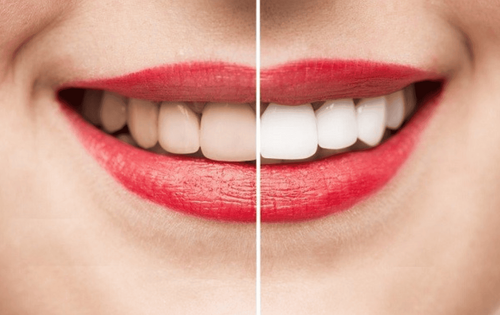This is an automatically translated article.
The article was consulted with Specialist Doctor I Nguyen Trung Hau - Doctor of Odonto-Stomatology - Department of Medical Examination & Internal Medicine - Vinmec Da Nang International General Hospital.In addition to factors such as oral hygiene, diet, ..., the use of drugs also has certain effects on the teeth. In addition to the therapeutic effect, some drugs, when used continuously for a period of time, can cause negative reactions to oral health, often causing tooth color disturbances, causing teeth to deteriorate. tarnished.
1. Common drugs that cause teeth to become discolored
Discolored teeth can be caused by a variety of reasons such as improper oral hygiene or consumption of dark foods. These are all habits that can be changed as long as we persevere. However, the use of drugs is not like that.Antibiotics are the main culprit for tooth discoloration. Especially in children, the situation of dull teeth is easy to happen, because children have poor resistance, so they are often sick and using antibiotics is inevitable. Tetracycline, Minocycline, Oxytetracycline and Doxycycline are all familiar and very common among antibiotics because of their effective treatment.
MORE: What is Tetracycline infected teeth? Causes and remedies
Below are common antibiotics that cause harmful reactions to the color of teeth, causing teeth to become discolored over time.
Antibiotics can make teeth brown, yellow brown or gray like:
Tetracycline: Used to treat some diseases caused by infections such as cholera, acne, malaria,...; Chlorhexidine: An anti-bacterial antiseptic, in topical form used to treat acne; Amoxicillin-clavulanate: used for the mass treatment of bacterial infections; Fluoride when used in excess can cause white streaks to appear on tooth enamel, or cause teeth to discolor brown-white. Taking it by mouth can cause teeth to darken. Antibiotics can make teeth greenish-gray or bluish-gray:
Minocycline: Used to treat certain bacterial infections such as pneumonia; Ciprofloxacin: Indicated in the treatment of many bacterial infections.
Trắc nghiệm: Thử hiểu biết của bạn về răng
Răng là bộ phận quan trọng, giúp một người sử dụng miệng để ăn, nói, cười và tạo hình dạng cho khuôn mặt của họ. Tuy nhiên, có những sự thật thú vị về răng mà có thể bạn chưa từng biết. Hãy cùng trả lời nhanh 9 câu hỏi trắc nghiệm sau để thử hiểu biết của bạn về răng.
Bài dịch từ: webmd.com
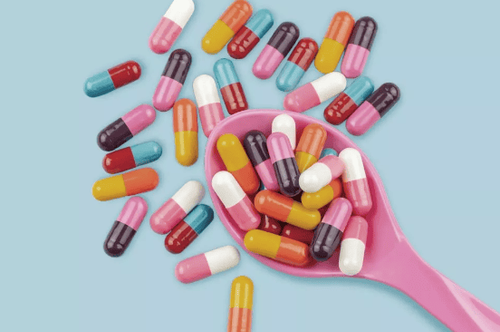
2. How can medications cause teeth to become discolored?
2.1. Some inorganic salts of fluorine
Known for its very good oral antiseptic properties, but some inorganic salts of fluorine, if used in excess, will cause negative reactions to the color of teeth. We can call this condition dental fluorosis.Our enamel has a permanent mineral layer and excessive use of fluorine will destroy this mineral layer. The condition of teeth when infected with fluorine is divided into 2 levels with the following manifestations:
For mild cases: Small white spots will appear on the oral surface, easily caught on the chewing surface of the permanent teeth. . But luckily, they are barely visible to the naked eye. For more severe cases: Dark spots or white plaque will appear scattered on the surface of the permanent teeth.
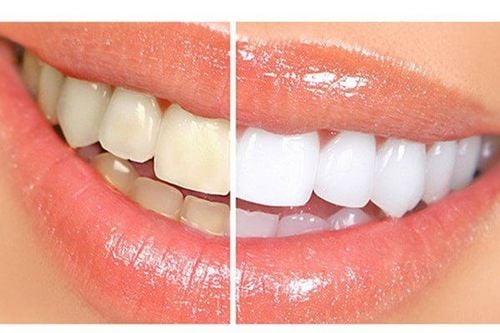
2.2. Some antibiotics cause teeth to become discolored
Some antibiotics can cause permanent discoloration of teeth:Tetracycline is a typical antibiotic, often found to be the cause of tooth discoloration. This is an antibiotic that can permanently stain our teeth. Because of the side effect of discoloring children's teeth, Tetracycline should be avoided in children under 12 years of age. In addition, if mothers are in the last 6 months of pregnancy, they also need to avoid using Tetracycline because it can cause babies born to the teething stage to be yellow, then gradually turn brown or brown. grey. Minocycline is a tetracycline antibiotic that can also cause teeth to become discolored from white to blue-gray or greenish-gray. In contrast to Tetracycline, Minocycline causes tooth discoloration even in adults with fully developed teeth. According to statistics, about 6% of people using Minocycline-containing drugs will experience this condition.
Some antibiotics can cause temporary discoloration of teeth such as:
Chlorhexidine: causes teeth to turn yellow or brown; Amoxicillin - clavulanate antibiotic: causes teeth to turn yellow or gray-brown. Since these antibiotics only cause temporary discoloration of teeth, they can be removed by brushing.
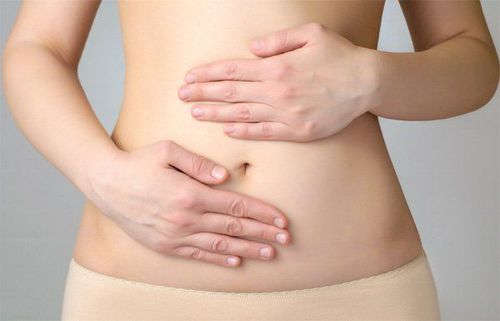
3. How to fix teeth that are discolored due to drugs?
Unlike other causes of tooth discoloration, if your teeth are discolored due to medication, instead of using home whitening tips, you should visit your dentist to correct this situation. Here are some methods of treating teeth that are discolored due to drugs that you can refer to:Teeth whitening Porcelain veneers Porcelain veneers You can consult a dentist to be able to choose. The method is suitable for the state of teeth as well as economic conditions.
Dental care is very necessary, so everyone should learn about the basic knowledge of pharmaceuticals to protect their oral health. To know the exact extent of the drug-induced tooth discoloration to get the right treatment, you should go to the dental medical facilities to be examined and consulted by a doctor.
To be effective, you should choose reputable dental clinics. The Dentistry - Jaw - Facial Department of Vinmec International General Hospital brings together a team of highly qualified and experienced experts and doctors, along with the maximum support of modern equipment in the field of dentistry. the examination and implementation of effective oral and maxillofacial techniques.
Please dial HOTLINE for more information or register for an appointment HERE. Download MyVinmec app to make appointments faster and to manage your bookings easily.





